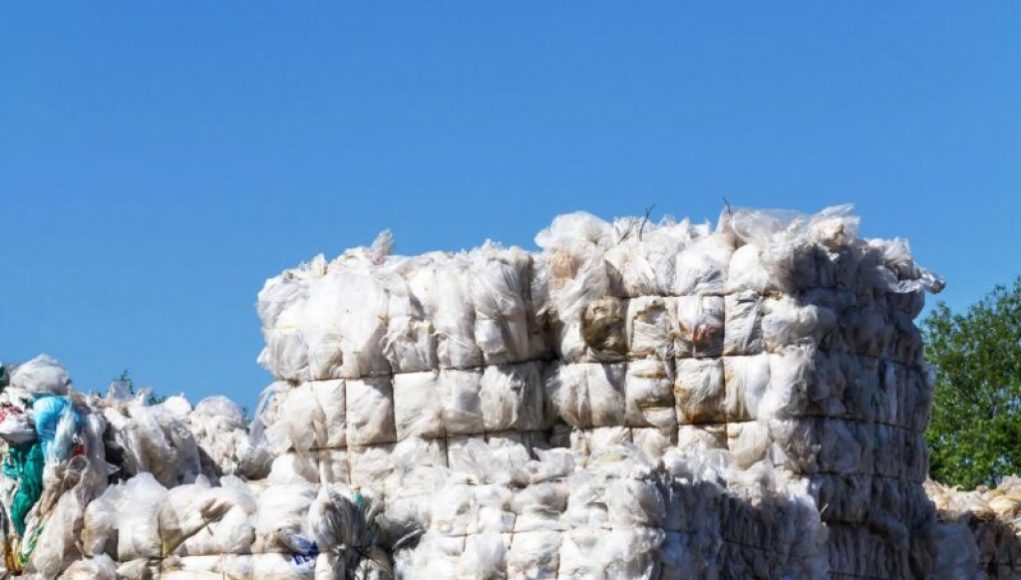The plastics industry has been touting recycling as a solution for years, but the truth is that it’s been a massive failure. Shockingly, only 9% of plastic waste is actually recycled worldwide, and in the US, that number drops to a dismal 5%. Most plastic ends up in landfills, incinerated, or polluting our environment. And now, a new study has revealed that even when plastic makes it to a recycling center, it can still break down into smaller particles that contaminate our air and water.
This pilot study focused on a single recycling facility where plastics are sorted, shredded, and melted down into pellets. Despite multiple washes, the plastic still shed microplastic particles smaller than 5 millimeters into the plant’s wastewater. The researchers were able to sample the water at four different points along the production line and found that even with filtering, the total discharge from the different washes could produce up to 75 billion particles per cubic meter of wastewater. This liquid would ultimately get flushed into city water systems or the environment, exacerbating the microplastics crisis that’s already coating every corner of our environment with synthetic particles.
Plastics scientist Erina Brown, who led the research, says, “It seems a bit backward, almost, that we do plastic recycling in order to protect the environment, and then end up increasing a different and potentially more harmful problem.” Judith Enck, president of Beyond Plastics and a former US Environmental Protection Agency regional administrator, agrees, saying, “It raises some very serious concerns and also points to the fact that plastics are fundamentally not sustainable.” It’s time for the plastics industry to face the truth and find real solutions to this crisis.
Recycling has many benefits, including reducing the amount of waste that is produced, preserving natural resources, and conserving energy. However, a less talked about issue with recycling is the release of microplastics.
Microplastics are tiny pieces of plastic that measure less that five millimeters in size that can accumulate in the environment. Humans are the main source of microplastics, as many come from our clothing, plastic bags, and paints, as well as personal care products that we use. Even though recycling attempts to reduce the amount of waste products that are sent to landfills, unfortunately the current recycling system allows for external sources of pollution in the form of microplastics.
The presence of microplastics in the environment has the potential to cause serious environmental harm. Microplastics act like small tubes which absorb the pollutants already present such as in industrial and agricultural runoff. Animals can become confused and mistake them for food, leading to the build-up of toxic materials in their systems. In addition, when they break down, microplastics can release other harmful pollutants such as endocrine disrupting compounds and RFRs.
To reduce the number of microplastics entering the environment, it is important to increase our knowledge of where microplastics come from and what types of products are most likely to release them. It is also important to educate the public about the dangers of microplastics and how to reduce their presence in the environment. We can implement stricter regulations of plastic production, such as banning certain types of plastic bags and single-use items. Additionally, we can create incentives for people to reuse products, upcycle items, and buy more eco-friendly alternatives.
Although recycling can help reduce our environmental impact in many ways, releasing microplastics is unfortunately an unintended consequence of our current systems. This issue should be taken seriously and steps should be taken to reduce the amount of microplastics entering the environment. With our collective effort, we can be successful in reducing the negative impact of microplastics on our environment.




















